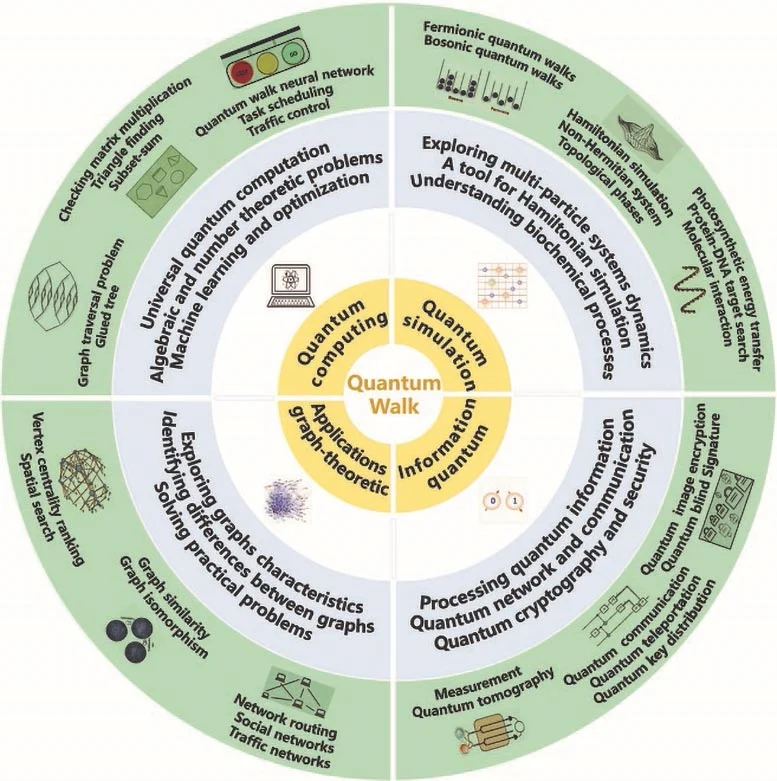IBM has published a report concerning quantum computing use cases for life sciences.
Some quotes from this report:
The search space of potential protein configurations increases exponentially with the size of the protein. Quantum computing has the potential to drastically improve structure predictions for RNA molecules, proteins, DNA-protein complexes, and other constructs.
Small-molecule drug design and discovery has always been a complex optimization process. Typically 200,000 to >106 compounds are screened in experimental and computational workflows, and a few thousand are produced and tested in the necessary battery of assays. Quantum Computing could help assess a greater number of candidate molecules and evaluate them more accurately using, for example, classification methods such as those employed in lead-finding and off-target screening.
Real-world protein modeling cases involve exploration of the enormous number of possible folding patterns. The exponential growth of potential conformations with chain length makes the problem challenging for classical computers. For example, in one model, a chain of 20 amino acids has 109 potential conformations, and chains with 60 and 100 amino acids have 1028 and 1047 conformations, respectively. Quantum computing has the potential to overcome many of these computational challenges–for example, scoring the great number of possible structures and identifying the likeliest one.

